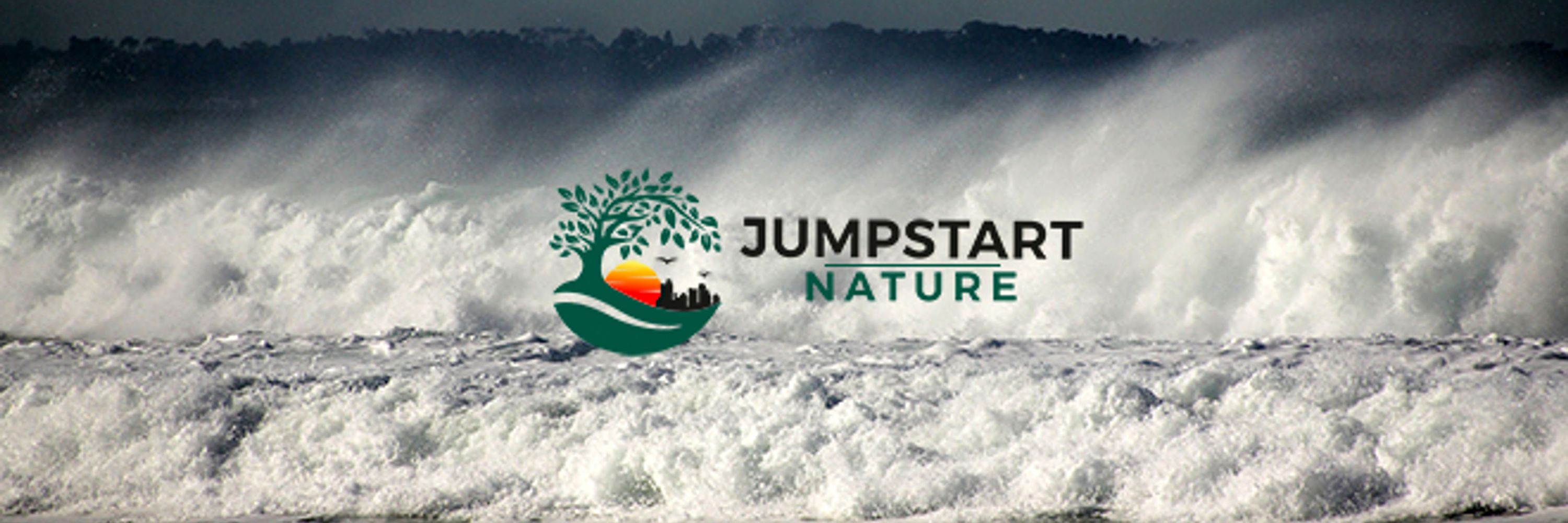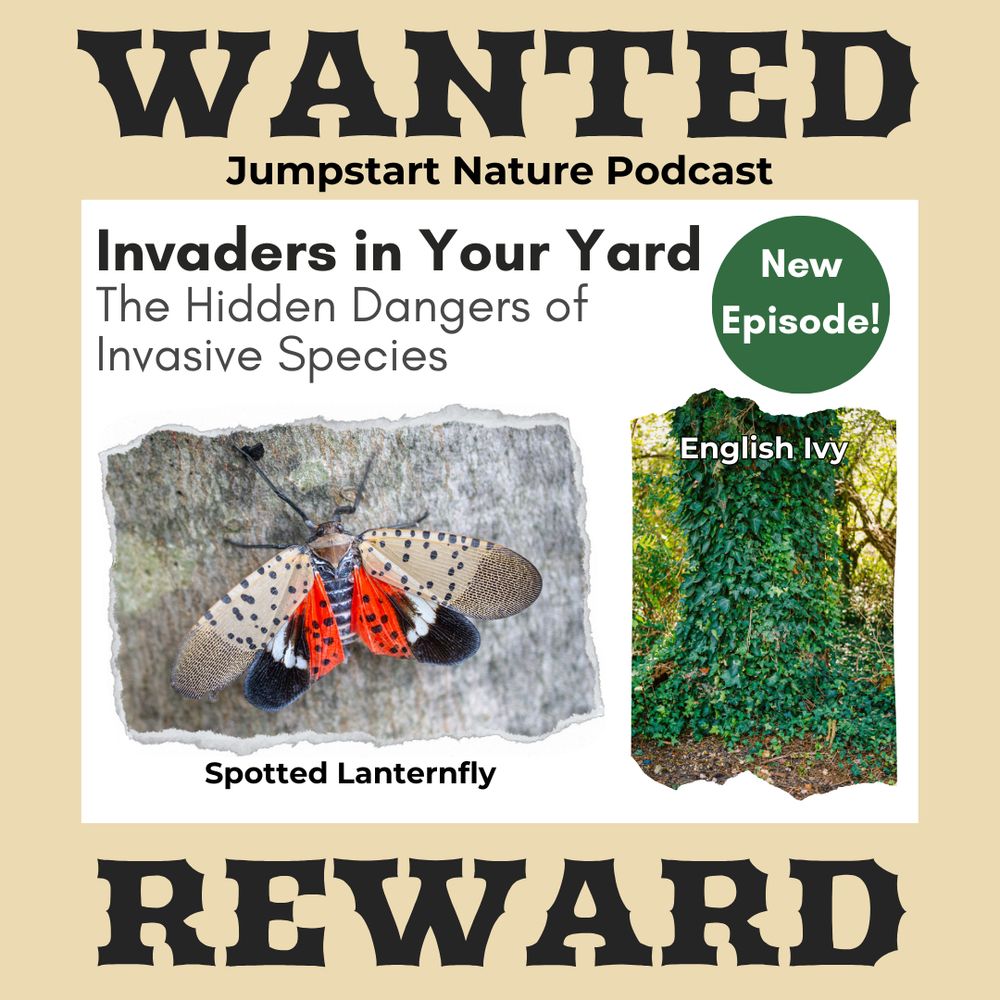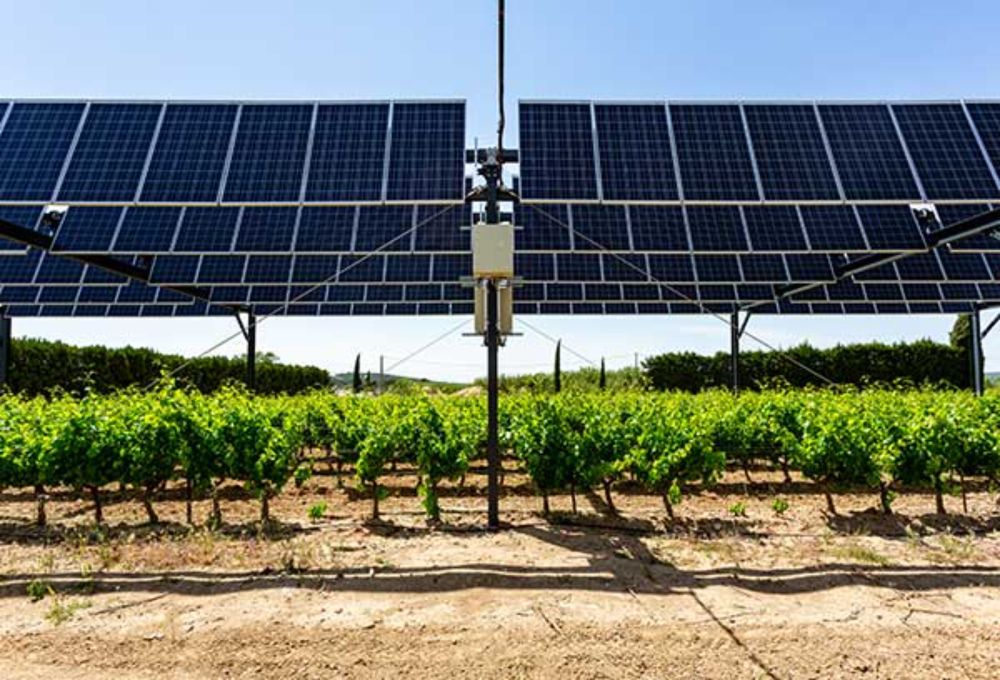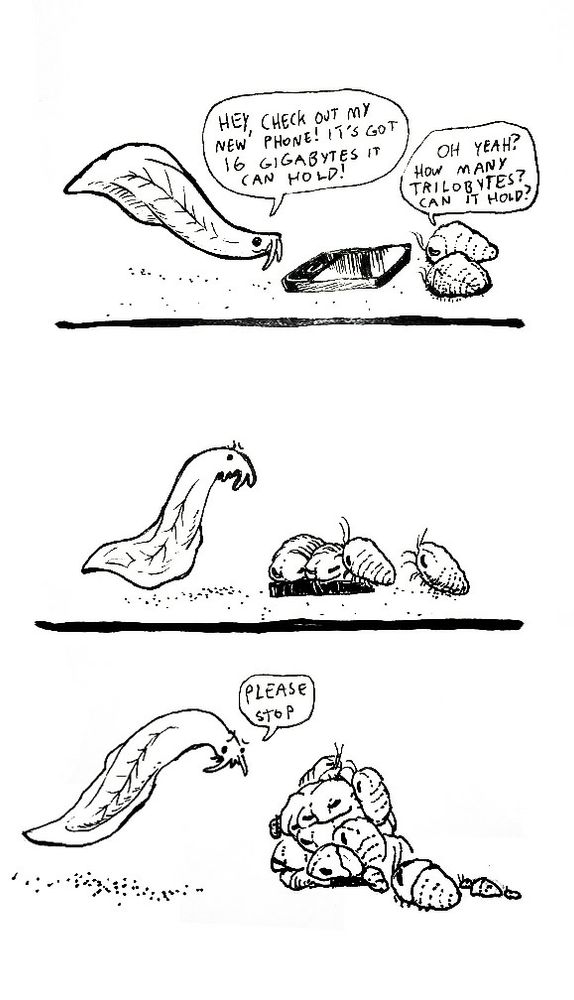
https://naturesarchive.com
https://jumpstartnature.com/podcast


naturesarchive.com/2025/03/25/d...

naturesarchive.com/2025/03/25/d...

#carnivores #wolfreintroduction #coexistence
naturesarchive.com/2025/02/11/c...

#carnivores #wolfreintroduction #coexistence
naturesarchive.com/2025/02/11/c...
San Jose, CA

San Jose, CA


#culturalfire #wildfire #yuroktribe
naturesarchive.com/2025/02/03/c...

#culturalfire #wildfire #yuroktribe
naturesarchive.com/2025/02/03/c...

jumpstartnature.com/invasive-spe...
#invasivespecies #biodiversity

jumpstartnature.com/invasive-spe...
#invasivespecies #biodiversity


Male #wasps that “sting” with their genitalia.
Irritating #caterpillar hairs in your eyes.
The endangered Dragon Blood #Tree.
#Nature #Podcast #Strange #Scicomm
www.podbean.com/wlei/pb-uwbq...
Male #wasps that “sting” with their genitalia.
Irritating #caterpillar hairs in your eyes.
The endangered Dragon Blood #Tree.
#Nature #Podcast #Strange #Scicomm
www.podbean.com/wlei/pb-uwbq...
One teaser: did you know Acorn Woodpeckers primarily eat insects, not acorns?
#acornwoodpeckers #naturepodcast
naturesarchive.com/2025/01/13/a...

One teaser: did you know Acorn Woodpeckers primarily eat insects, not acorns?
#acornwoodpeckers #naturepodcast
naturesarchive.com/2025/01/13/a...
As you might guess, it was found on my backyard Toyon, along with several dozen of its relatives.
#biodiversity #nativeplants

As you might guess, it was found on my backyard Toyon, along with several dozen of its relatives.
#biodiversity #nativeplants
www.owlflyllc.com/publishing

www.owlflyllc.com/publishing



It also helps protect against frost. As a result, plants' survival rates improve, with mortality reduced by 25% to 50%
That seems like the definition of unalloyed good news
www.pv-magazine.com/2024/11/29/a...

It also helps protect against frost. As a result, plants' survival rates improve, with mortality reduced by 25% to 50%





